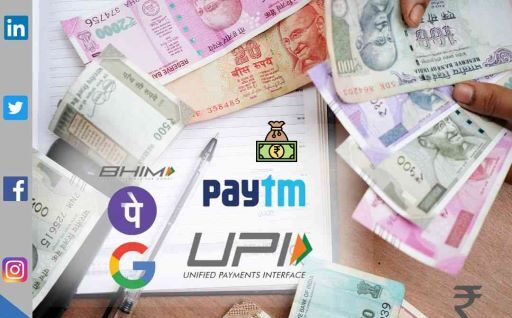Economic and Business Losses Due to the Current France Riots Worldwide
The ongoing riots in France have had a significant economic and business impact, both domestically and internationally. The France riots erupted as a response to a range of issues, including economic inequality, labor reforms, and… Economic and Business Losses Due to the Current France Riots Worldwide









